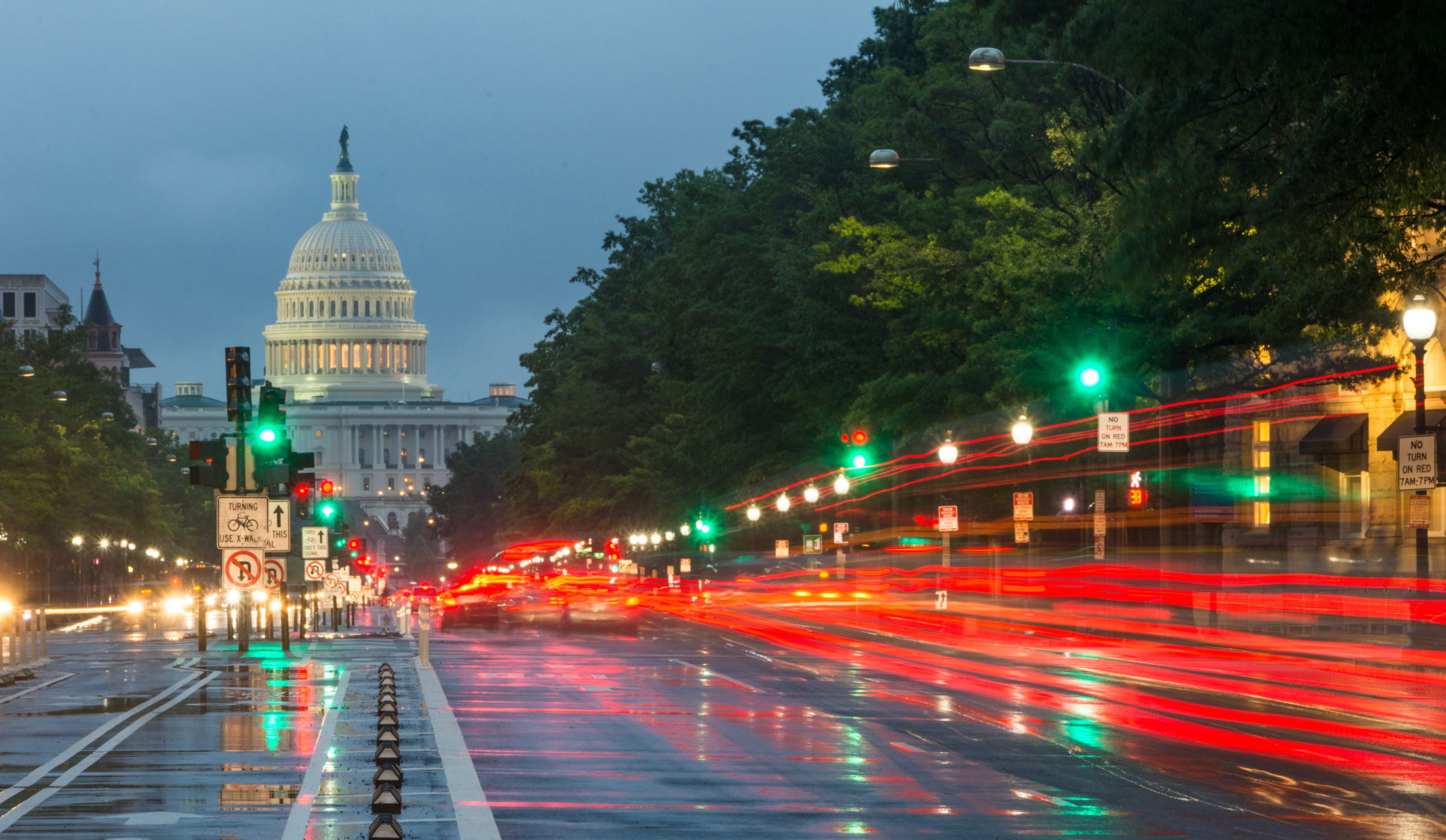
Cruise Industry Association Adopts New Safety Policies
Mar 8, 2013
Washington, D.C. (Law Firm Newswire) March 7, 2013 – New safety guidelines have been issued for cruise ships.
The Cruise Lines International Association, Inc. (CLIA) recently released an executive summary of the Operational Safety Review it began following the Costa Concordia disaster just over one year ago. In it, CLIA spells out ten new safety policies that it adopted as part of the review.
Washington D.C. personal injury attorney David Lietz commented on the report, “It is good to see the cruise industry updating its safety policies. Modern cruise ships are generally very safe, but as the tragedy of the Costa Concordia illustrates, no travel by ship is completely without danger.”
The Costa Concordia ran aground and partially sank off the coast of Italy after striking a rock that tore a 50-meter-long gash in her hull. Despite the ship slowly sinking, its total loss of power, and its proximity to land in calm waters, the crew did not issue the order to abandon ship, until more than one hour after it struck the rock. The evacuation took more than six hours, despite maritime law requiring evacuation be completed within 30 minutes of an order to abandon ship, and 32 people did not make it off the ship.
Passenger Musters
Maritime law requires passenger “musters,” or safety briefings, for all passengers within 24 hours of boarding the ship. CLIA has adopted a stricter policy requiring the muster to be completed before a cruise ship departs from port. CLIA also now prescribes 12 instructions that must be communicated to passengers during musters, including proper use of lifejackets, where to assemble in the event of an emergency, and methods for accounting for all passengers during musters and emergencies.
Bridge Access
In order to prevent distractions on the bridge, this policy requires the bridge to be accessible only by operational crew during potentially hazardous operations, including arrival and departure from ports, heavy ship traffic, and inclement weather.
Lifeboat Training
This policy requires that lifeboat training be conducted for the ship’s crew twice each year. During the training, one boat must be filled with crew up to its certified capacity and lowered to the water.
Extra Lifejackets
Maritime law provides for cruise ships to carry lifejackets numbering five percent more than the total passengers aboard. The new policy adopted by CLIA requires ships to carry still more lifejackets, the number of which is a function of its accommodations and layout.
The Lietz Law Firm
888 16th Street NW
Suite 800
Washington, DC 20006
Call: 202.349.9869



